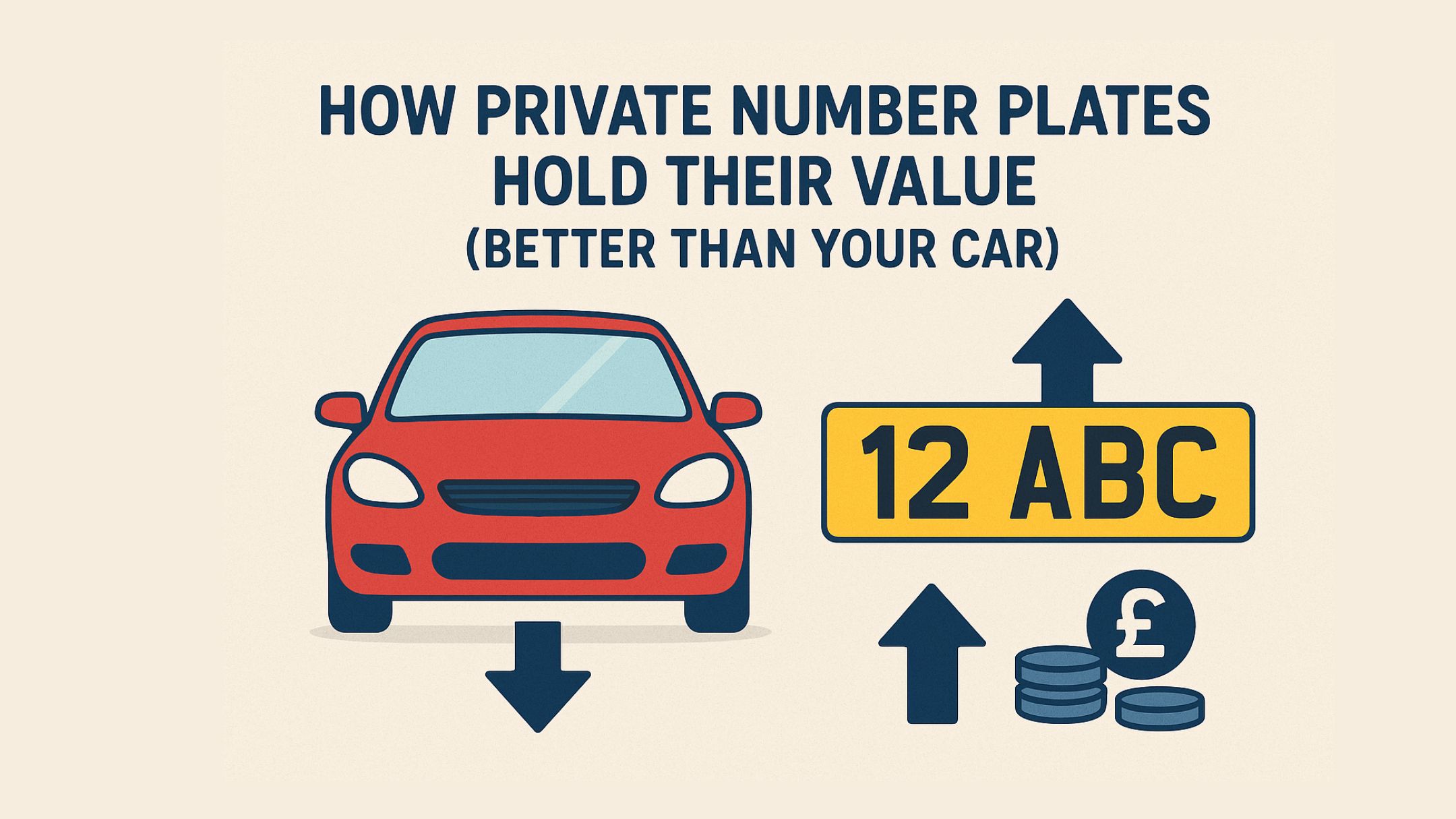Plowing snow during the winter can be a lucrative opportunity, especially if you have a seasonal business such as landscaping. Alternatively, you may have a large property that requires prompt plowing. In either case, you may be thinking about using a skid steer to clear the snow. However, if you have never done this before, you may not be sure what accessories to get or how to plow as efficiently as possible.
Attachment Options
You may not realize this, but there are a lot of attachment options for skid steers. In fact, one of the reasons they are so popular is that there are lots of options. Most snow removal attachments fit into one of the following four categories:
- Snow Bucket: The simplest and least expensive option is a snow bucket. This is similar to a dirt bucket but larger (snow is lighter than soil). These are not great for big jobs. However, they can be good for spreading salt or loading snow into a truck.
- Snow Pusher: This type of attachment is a great way to move snow and a good balance between cost and efficiency. It cannot load salt. However, it can move significantly more snow than a bucket. Bobcat snow pusher attachments are also great for tight spaces.
- Angle Plow: This is the type of plow that most people think of first. It is highly efficient (especially in large areas) but more expensive than a snow pusher. They also have special safety features that protect the operator and machine in the event of striking an obstacle.
- Snow Blower: Another option is to attach a 3 point snow blower or boom-mounted blower. With a blower, you can throw snow more easily. It is a good option if stacking space is limited. It can also be a good way to get snow efficiently into a truck bed (just point the chute in the right direction).
Covering the Full Area
One of the great aspects of a skid steer is the ability to turn on a dime. You can easily maneuver to make passes back and forth in an open area.
The pattern you should follow depends on your attachment. It also depends a little on the space you are working with. If you are using an angle plow, start a pass by putting the blade down and moving forward. Keep going until you reach the end of the area. As you come toward the end, let off the accelerator, press the brake and start lifting the plow. This will help will stacking.
Then, simply turn around and start in the other direction. In some cases, you may have dedicated stacking areas. For this, pushers and blowers are usually the best options.
Get Started
Once you have a little practice plowing with your skid steer, you will get the hang of it quickly. Plus, with a skid steer, you can take on all sorts of jobs. For example, you can also check out John Deere pallet forks for sale to move goods around whenever you aren’t moving snow. These machines are do-it-all equipment.




